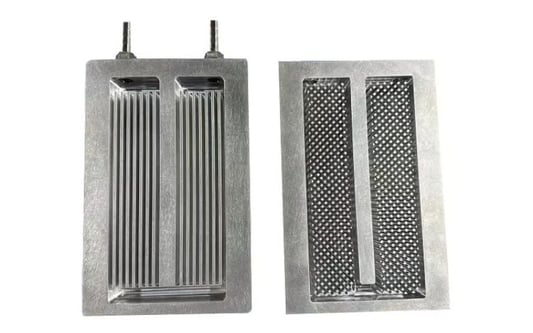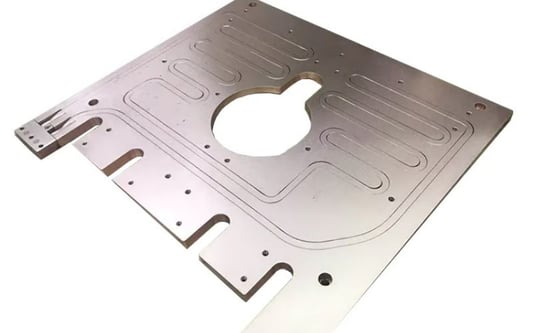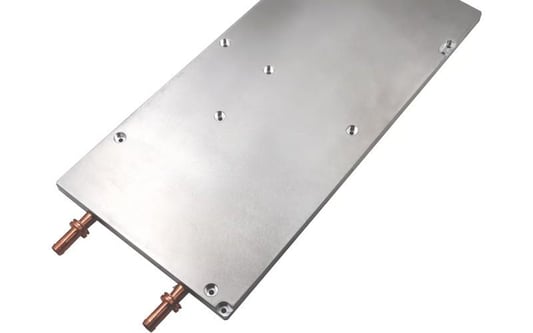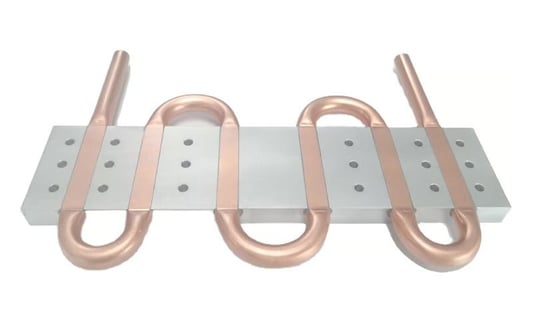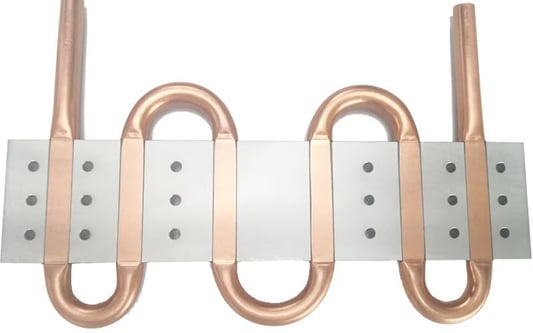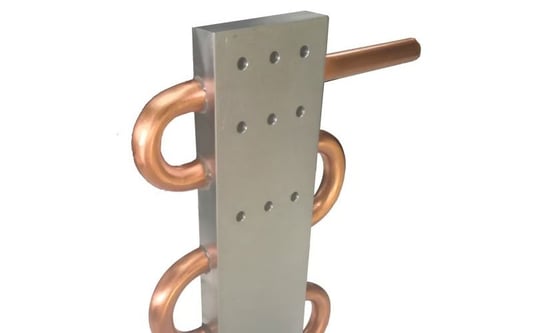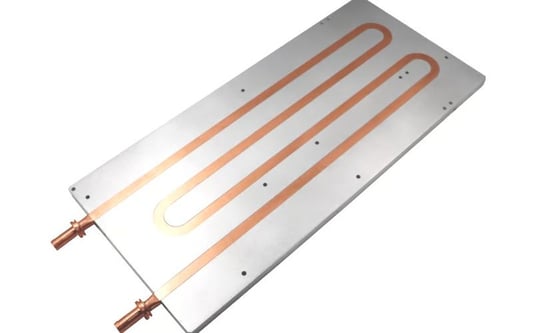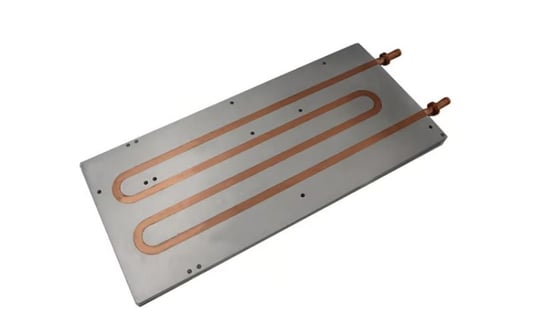IntroductionThermal management is an essential aspect of any electronic device, as it ensures the longevity and performance of its components. copper cold plates have become a popular solution for thermal management due to their excellent thermal conductivity and durability. In this article, we'll explore the advantages of using copper cold plates in electronic devices.1. What are Copper Cold Plates?Copper cold plates are heat exchangers made from copper that dissipate heat from electronic components such as CPUs and GPUs. The copper material has high thermal conductivity allowing it to transfer heat effectively. They come in various shapes and sizes to fit different devices and applications.2. High Thermal ConductivityCopper has one of the highest thermal conductivities of any metal, making it an ideal material for thermal management in electronic devices. Copper cold plates are capable of dissipating high heat loads, making them particularly suitable for high-performance computing applications.3. Corrosion ResistanceCopper is highly resistant to corrosion, making it suitable for use in humid environments and applications where there is exposure to corrosive fluids. Additionally, copper cold plates can be coated with materials like nickel or tin to provide additional protection against corrosion.4. Easy IntegrationCopper cold plates are designed to be easily integrated into electronic devices, with various mounting options available. They can be attached directly to the heat source or integrated into a liquid cooling system, making them versatile components for thermal management systems.5. DurabilityCopper is a durable material that can withstand high temperatures and pressures, making it suitable for use in harsh environments. Copper cold plates can also be designed to withstand vibrations and shock, making them ideal for use in military and aerospace applications.6. Cost-EffectiveCopper is a relatively inexpensive material that provides excellent thermal performance, making copper cold plates a cost-effective solution for thermal management in electronic devices. The low cost of copper also makes it easy to manufacture and customize for specific applications.7. Energy EfficiencyCopper cold plates are highly energy-efficient, as they transfer heat away from electronic components quickly and effectively. This improves the performance of electronic devices by preventing overheating, which can lead to component failure and reduced lifespan.8. Reduced NoiseElectronic devices that generate high levels of heat often require cooling solutions that can be noisy. Copper cold plates are a quiet alternative, as they do not require fans or pumps to dissipate heat.9. Environmentally FriendlyCopper is a recyclable material and has a low environmental impact compared to other metals. Copper cold plates contribute to the sustainability of electronic devices by providing efficient thermal management without resorting to harmful chemicals.10. Wide Range of ApplicationsCopper cold plates are used in various applications, including data centers, military, aerospace, and medical equipment. They are suitable for any electronic device that requires effective thermal management, making them a versatile component for any industry.copper cold plate, thermal management, electronic devices, heat exchanger, thermal conductivityThe Benefits of Copper Cold Plates for Thermal Management in ElectronicsDiscover the advantages of using copper cold plates for thermal management in electronic devices. Learn how copper cold plates provide efficient cooling, durability, and energy efficiency.Quote InquiryContact us!


